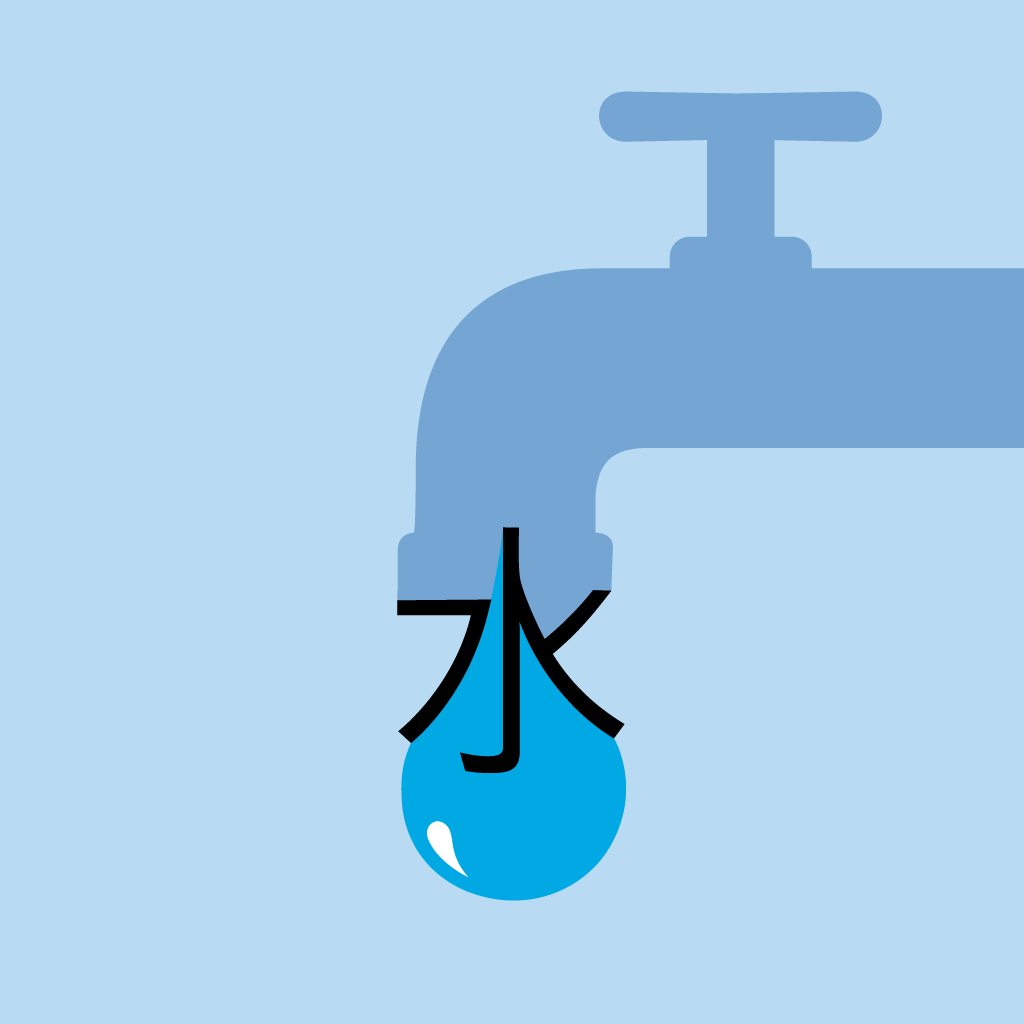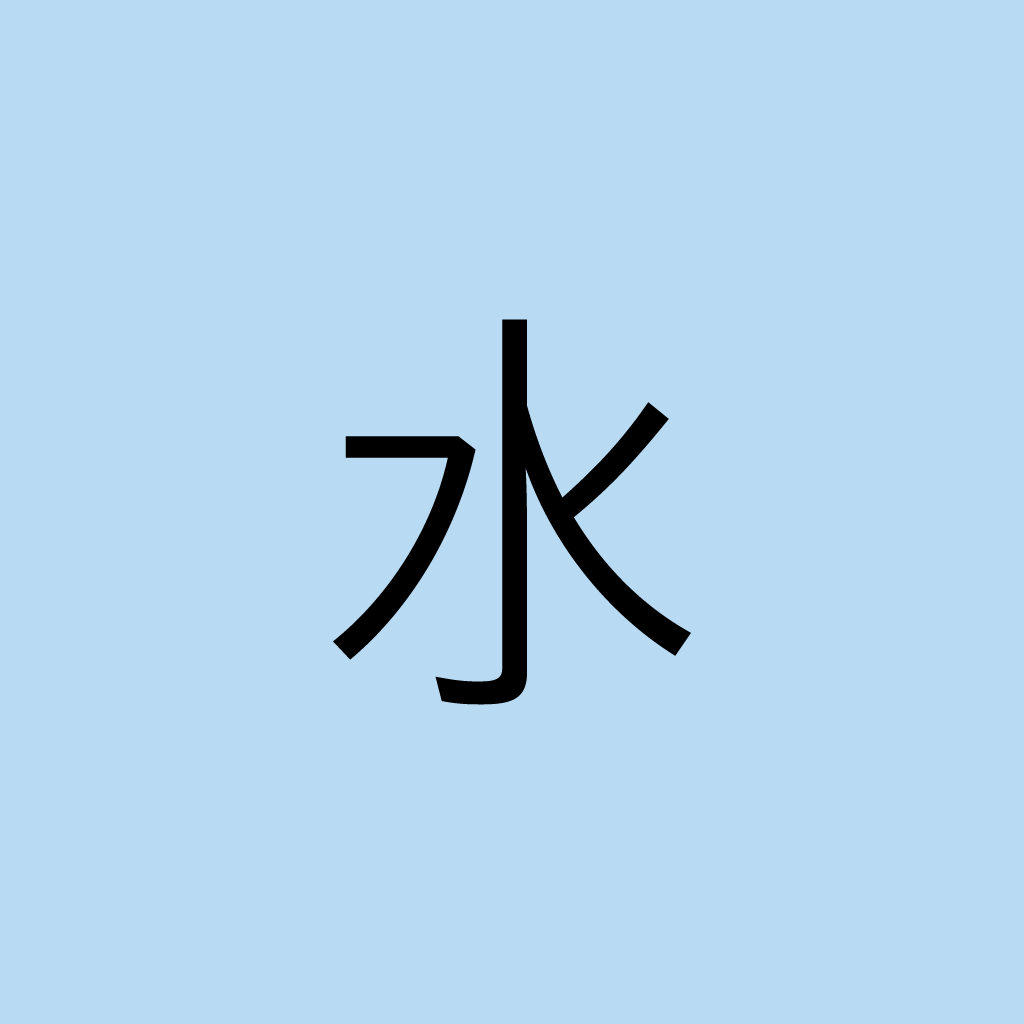The goal of my new book Chineasy is to allow people to learn to read Chinese easily by recognizing characters through simple illustrations and animations. By learning one small set of building blocks, students can build many new words, characters, phrases, and even sentences.
In the past year, I broke down thousands of common Chinese characters and analyzed how they are constructed. The process is just like a little boy breaking down lots of Lego models (a fire station, a boat, and maybe a space shuttle). This boy then starts classifying Lego bricks. He then realized that no matter how fancy and complicated the models are, they are all built out of the same set of Lego bricks.
In Chinese, most characters are built out of roughly 100 “building blocks.” I designed a program on my computer and then started prioritizing the most common and useful building blocks. In my computer program, I identified the correlations between each character until my screen was full of thousands of lines and tiny characters.
I then started using illustrations to help students memorize the building blocks. After knowing how to recognize those “building blocks” you can then carry on constructing loads more characters. I called those newly constructed characters “compounds,” meaning the characters which are composed of two or more building blocks.
Here are three examples: king, water, and cow.
King 王

King is a very common surname in China. It is the Chinese equivalent of the name ‘Smith’ in Europe. Though we have illustrated King as a face, that character actually represents the universe: the three horizontal strokes represent Heaven, Man and Earth. The vertical stroke is the king who connects them.
King unillustrated 王

The character for King 王 is often confused with the character for Jade 玉. As you can see both are very similar, except for the small line in the bottom right hand corner of the character. This confusion is compounded by the fact that in Simplified Chinese King 王 not Jade 玉 is a radical whereas in Traditional Chinese it is the other way around. Why is this? Well the Chinese language like all languages has been through 1000s of years of evolution. In China Jade is so highly valued that it was often associated with the King so it is unsurprising that the character was used interchangeably.
Water 水

We all know what water is, we drink it every day, but it is important to realize that in Chinese, words can have many different meanings and uses especially when they are paired into phrases. In Chinese this character doesn’t only refer to water, it can also be used with other characters to refer to the qualities of water – clear, pure and liquid. When this character is used as part of a compound it transforms to look like this 氵 this character is known as ‘Three drops.’ A fun little phrase you can build with two of these characters is Buffalo 水牛 which is a combination of water 水 and cow 牛.
Water unillustrated 水

Water is the source of all life. I think this is a beautifully fluid character that really represents its meaning. I used to remember this characters as different rivers joining together flowing to the ocean. Actually the original character from thousands of years ago actually depicted a river between two banks, but as with most Chinese characters the shape has changed considerably over the course of Chinese history.
Cow 牛

Cow is a very common character in Chinese. It can be used to refer to bovine as a whole or be used as part of a phrase to be more specific. On top of this, you also see it on many menus (for beef!) and in any reference to prisons. “Why Prison?!” you might ask? Well, In ancient China cows were the main beasts of burden. At night they were kept inside to protect them from them predators, but the Chinese saw this as similar to indentured labor. So, a cow under a roof, which looks like this 牢 means ‘prison’ or ‘pen.’
Cow Unillustrated 牛

The original character for cow from the Seal Script era looked like a cow’s heads with two horns. Over time the cow seems to have lost one of its horns, which is a shame. As with water, this character can also be used as an adjective which refers to the qualities of cows. When used in this format the character can mean ‘arrogant’ and ‘stubborn’. I have never known an arrogant cow, but stubborn seems apt.
More Must-Reads from TIME
- Cybersecurity Experts Are Sounding the Alarm on DOGE
- Meet the 2025 Women of the Year
- The Harsh Truth About Disability Inclusion
- Why Do More Young Adults Have Cancer?
- Colman Domingo Leads With Radical Love
- How to Get Better at Doing Things Alone
- Michelle Zauner Stares Down the Darkness
Contact us at letters@time.com